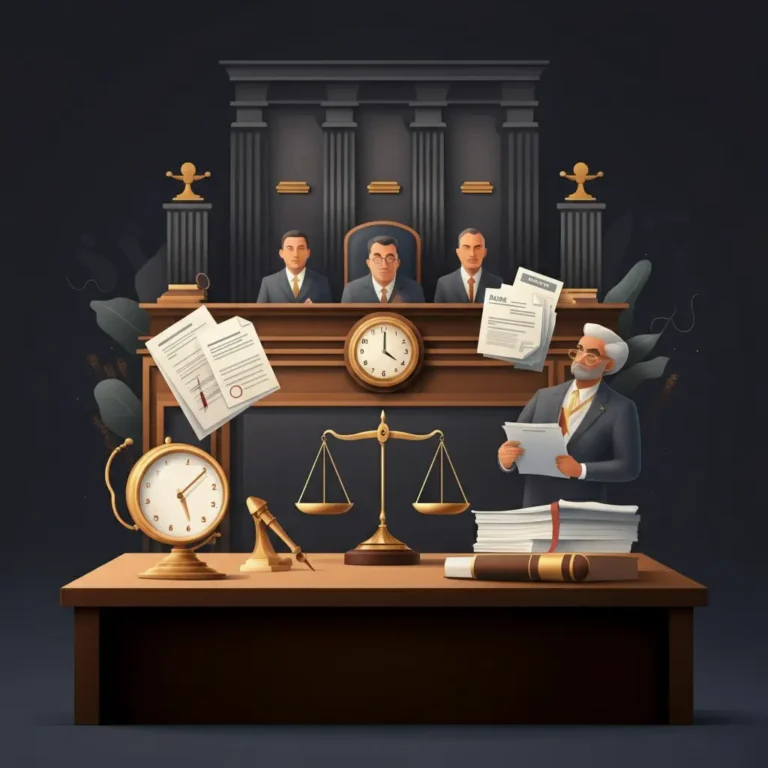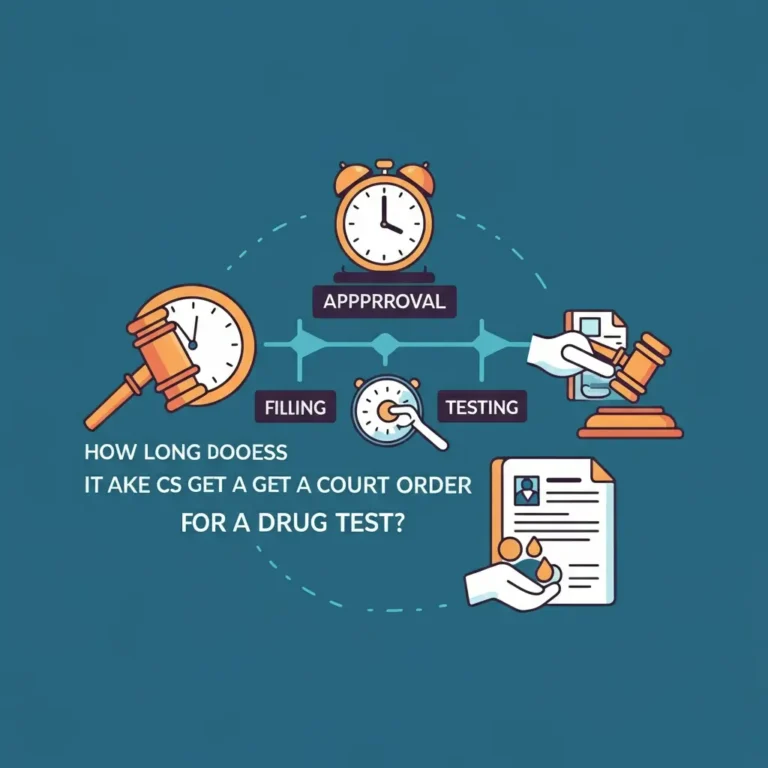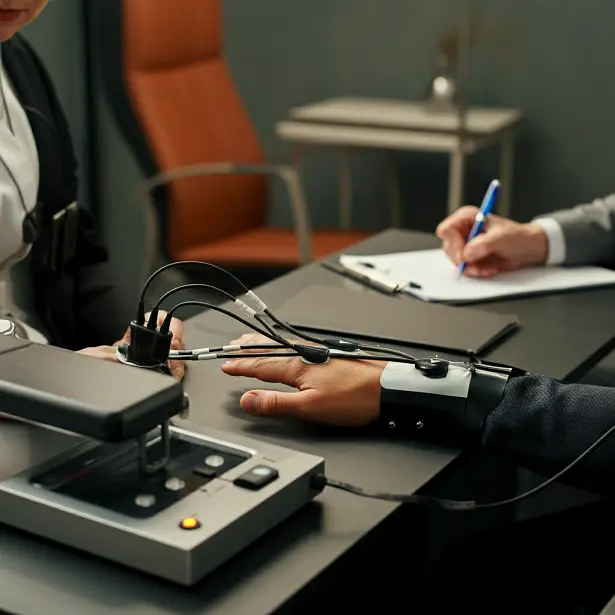How Long Does It Take to File for Emergency Custody
In case of critical situations that may harm the health or safety of a child, parents or legal guardians need to take immediate protective custody. This is a useful procedure that will guarantee optimal security is provided for a child in need of care and assistance. In this regard, how long does the entire proceeding consume, and which actions are necessary to complete the whole process?
Understanding the ins and outs of filing for emergency custody can be crucial during a stressful time. This blog will break down the process, timelines, and preparation needed so you’re ready to handle the situation with confidence.
Table of Contents
What Is Emergency Custody?
Emergency custody permits a parent or guardian to take custody of a child when their safety or well-being is in danger. Unlike ordinary custody arrangements which could last for weeks or even months, emergency custody guarantees prompt resolution of temporary arrangements.
This type of custody is most commonly granted in cases involving abuse, neglect, abandonment, or situations where one parent poses a danger to the child’s mental or physical health.
Reasons You Might File for Emergency Custody
Emergency custody is typically requested when there is immediate evidence of danger. Common reasons include:
- Evidence of physical abuse or neglect.
- Discovery of substance abuse by a parent or guardian.
- Situations involving domestic violence in the household.
- Abandonment of the child by one or both parents.
It’s essential to prove that without intervention, the child could face harm. Keep in mind that courts prioritize the best interests of the child above all else.
Immediate Steps to Take Before Filing
Before starting the formal filing process, here are some critical steps to follow to ensure you’re prepared:
- Gather Evidence: Collect any documents, photos, or statements that support your claims. This might include medical records, police reports, or witness affidavits.
- Speak to a Legal Professional: While you can file on your own, consulting a family law attorney can provide clarity and strengthen your case.
- Contact Child Protective Services: If the situation involves immediate physical harm, alert authorities to protect the child while you proceed with filing.
- Check Local Laws: Emergency custody laws vary by state, so it’s important to familiarize yourself with specific requirements in your area.
How Long Does the Emergency Custody Process Take?
The timeline for filing and receiving an emergency custody order can vary depending on the location and the specifics of the case.
- Filing the Petition: You can usually file the petition for emergency custody within a day, provided that all required documents are in order. Many courts allow you to file on the same day, especially if the need is urgent.
- Review by the Court: Once filed, the court may review the petition immediately or schedule a hearing within 24-48 hours. Some courts may take up to five business days if the case is less urgent.
- Emergency Hearing: The hearing itself is typically brief and focuses solely on determining whether emergency custody is justified. Temporary decisions are often made on the same day or within 48 hours of the hearing.
While the process is expedited, it can still take longer if documents are missing or if legal advice is not sought early on.
Key Documents Needed to File for Emergency Custody
Proper documentation helps strengthen your case and ensures your petition is processed without delays. Some commonly required documents include:
- A completed custody application form.
- Evidence of abuse, neglect, or other harm (photos, police reports, etc.).
- The child’s medical records, if applicable.
- Child support or prior custody order documents (if any).
- Personal identification.
Organizing these documents in advance will make the filing process smoother.
The Role of the Court in Emergency Custody Cases
The court’s main role in emergency custody cases isn’t to determine long-term custody but to act swiftly to protect the child. Judges or magistrates typically evaluate the evidence presented and ask questions to assess the risk of harm.
Orders granted during this process are temporary and subject to modification in a later custody hearing.
Filing Emergency Custody Without a Lawyer
Deciding to file for emergency custody without legal representation means extra work for you. This includes collecting and submitting proof, accurately drafting your petition, and, unfortunately, speaking for yourself in court.
You can go to the family court in your district or check their site for the relevant forms and directions. It’s cheaper to go without a lawyer, but the obstacles posed by the lack of a lawyer are significant. A lot of prep goes into filing without a lawyer.
Tips to Speed Up the Filing Process
Time is often critical in emergency custody cases. Here are some tips to expedite the process:
- Have your paperwork ready before contacting the court.
- Ensure all evidence is clear, concise, and well-documented.
- Use electronic filing systems if available to avoid delays.
- Seek legal assistance, even if it’s just a quick consultation.
What Happens After You File for Emergency Custody?
After you submit your petition, the court usually reviews it promptly and sets a hearing. During this period, the court may issue a temporary order granting custody if the judge deems the situation urgent enough to warrant immediate action.
Following the hearing, expect the court to issue clear instructions for the next steps, which may include evidence gathering for a more formal, long-term custody case.
Temporary vs. Permanent Custody Orders Explained
Emergency custody orders are temporary by nature. They remain in effect only until a formal custody hearing is completed. Permanent custody orders require detailed arguments and evidence to determine what arrangement best serves the child in the long term.
Common Mistakes to Avoid When Filing for Emergency Custody
- Submitting incomplete paperwork.
- Delaying action despite immediate threats.
- Failing to consult with legal professionals.
- Providing insufficient or unclear evidence.
Avoiding these mistakes can help you make your case effectively and resolve the matter faster.
What to Expect at the Emergency Custody Hearing
Judicial hearings of this nature usually are capped at a short duration, with judges giving consideration only to the most salient evidence regarding harm, such as pain, that is likely to happen if action is not taken instantly. Just remember to provide your reasoning on why emergency custody needs to be done plainly and without the extra verbiage. Show proof of harm and be honest about what could happen if custody isn’t granted.
Can Emergency Custody Be Challenged?
Yes, emergency custody orders can be contested, particularly if the other parent or guardian believes the petition was filed unjustly. The court will provide an opportunity to challenge the order during the formal custody hearing.
How to Prepare for a Follow-Up Custody Case
Capturing a winning emergency custody order is only the first hurdle. In the event that a follow-up custody case is required, make sure you are at prep with a documented case, witnesses, and all documents along with a coherent plan aimed to benefit the child.
Final Thoughts and Actionable Tips
Obtaining an order of emergency custody is a complicated process, but it becomes necessary when there is an imminent risk regarding a child’s safety. Having a clear understanding of deadlines, documents, and the overall legal framework will aid in alleviating some of the burden during what is an exceptionally difficult time. Always prepare in advance, and if needed, consider engaging in a proactive legal strategy to ensure the most favorable outcome, especially when children are in the landscape.







